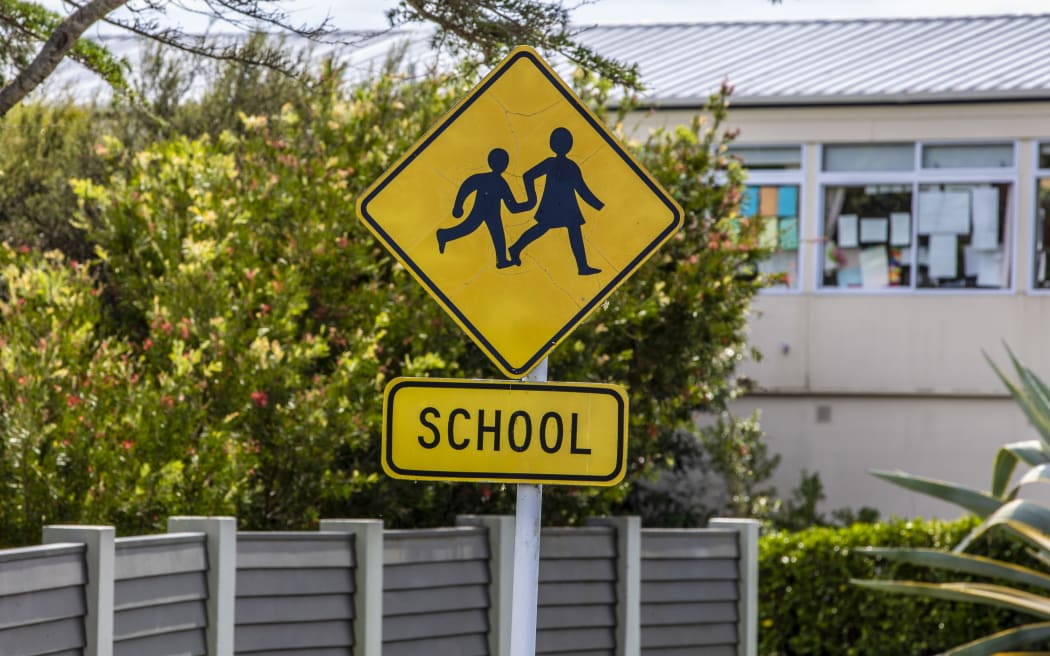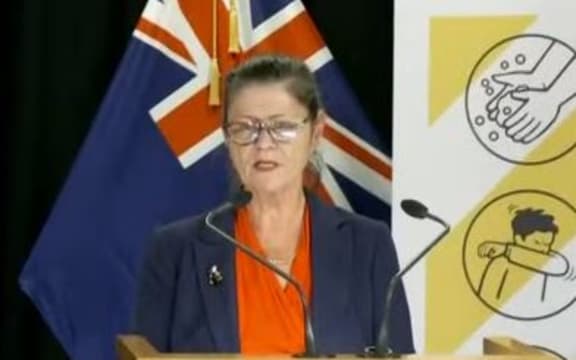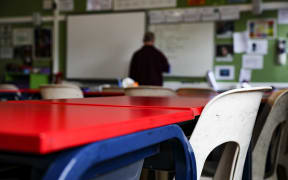
Photo: RNZ/ Nick Monro
Secretary for Education Iona Holsted has defended the Ministry of Education's five-year 36 percent staffing increase before Parliament's Education and Workforce Select Committee on Monday.
The committee was holding its annual review of the Ministry of Education.
Holsted also told the committee the education system was slow to change and faced big challenges.
She said the achievement of Māori, inclusive education for children with disabilities, and ensuring schools have enough good quality teachers were long-standing issues for the sector.
She said there was clear evidence education systems that responded to learners' cultures and backgrounds were more effective than systems that did not.
Committee member National Party MP Carl Bates asked Holsted to explain why the ministry's workforce had increased 36 percent, about 1900 staff, in the past five years.
Holsted said the figure included 780 people providing specialist support for children, advice to teachers and principals, and statutory functions such as appointing commissioners to run schools. She said growth in that group was driven by population increases and government policies.

Iona Holsted. Photo: RNZ
There were also 360 more property staff, hired as the ministry doubled its spending on property to build more classrooms and 250 more involved in digital and data collection, teacher supply, and managing the school lunch programme.
She said the staffing increase included more than 100 people responding to new and more difficult cybersecurity issues in schools, and 80 more policy staff hired during major policy reviews.
"You can see what has been delivered for those people," she said.
Holsted agreed the ministry was not doing enough to ensure principals had the skills to be great school leaders.
She said there were too many options for training or assisting principals and part of the problem was that school boards, not the ministry, were the employers of principals.
"It's happened over time that the centre has reintroduced itself into these places. The dream was that the board would do all of those things, that was the aspiration. The reality is it didn't work. So now you've had this creeping centralism, but not explicit, and I think we do need to be much more explicit about what we believe tight at the centre and looser at the margins."
Pressure over teacher numbers
Ministry hautū education workforce Anna Welanyk told the committee teacher supply was under extreme pressure globally, especially for secondary teachers and teachers of science, technology and maths.
She said the market for international teachers was very aggressive. Welanyk said retention rates for primary and secondary teachers were just over 89 percent and exit rates were not causing alarm.
Meanwhile, 1720 overseas teachers had come to New Zealand since late July last year. More than half were early childhood teachers, about 500 secondary teachers and 250 were primary teachers, she said.
Holsted told the committee the ministry's funding to hire specialist staff to work with children with disabilities was inadequate. She said the funding was population-based using a calculation developed many years ago.
"There were assumptions made about the percentage of children who would need that support and the percentage that was struck was low by international standards and remains low. We started off on the wrong base and while successive governments have added to it, I think we are undercooked on the ratio, to be honest."
Holsted said the situation was made worse by the growing diagnosis of autism in the community.
"So you add low starting base, increased diagnosis, the pressure on those people is incredibly high, those specialists."





